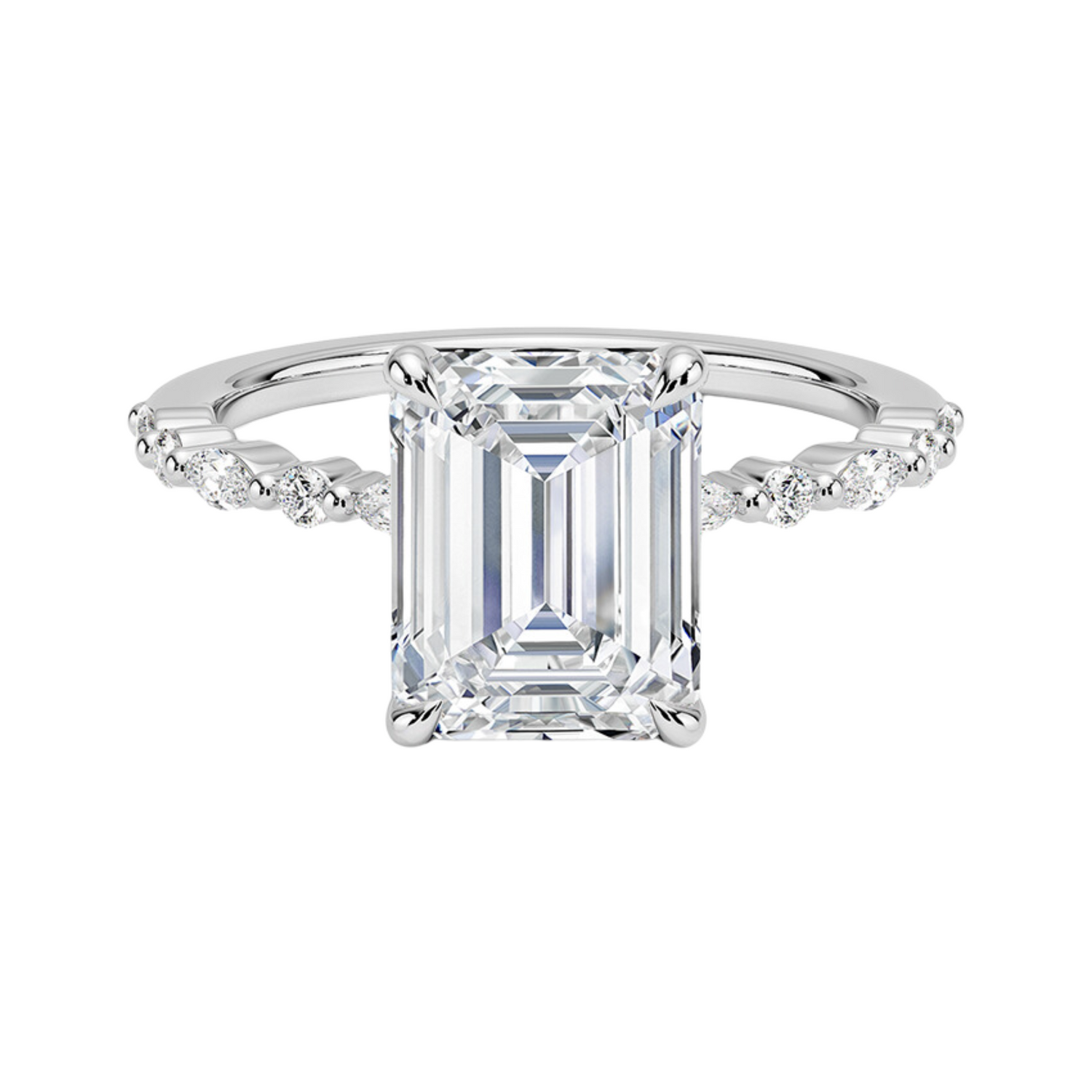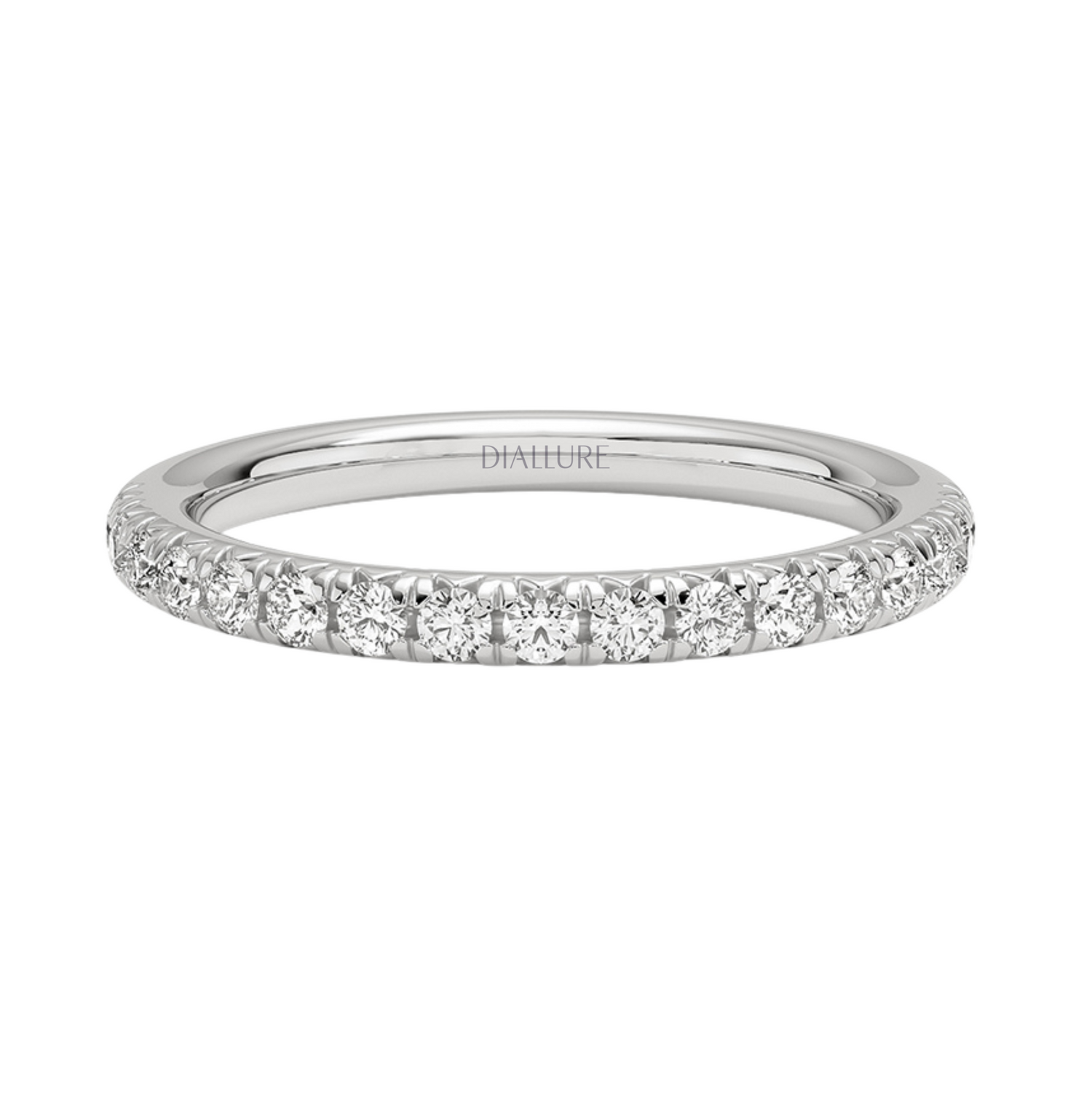Diamond jewelry has long fascinated people around the world. Due to its brilliance, rarity, and symbolic value, it is widely loved as an engagement ring or a gift for a special anniversary. However, in recent years, "lab-grown diamonds" have been attracting attention as a new revolution in the jewelry market. In this article, we will take a deeper look at the birth of lab-grown diamonds, their technological innovation, and their evolution in the market.

1. The birth of lab-grown diamonds: A revolution born from science and technology
1.1 The limitations of natural diamonds
Natural diamonds are formed deep inside the Earth over hundreds of millions of years under high temperature and pressure. This process is very long, and they can only be mined when they are brought to the surface by the movement of the Earth's crust. However, the cost of mining, environmental damage, ethical issues (conflict diamonds) , and their rarity drive up their price. Against this background, lab-grown diamonds have attracted attention as a more efficient and sustainable alternative.
1.2 The birth of lab-grown diamonds
Lab-grown diamonds (also called synthetic diamonds or artificial diamonds) began in the 20th century when scientists developed the technology to artificially produce diamonds. In 1954, General Electric (GE) of the United States succeeded in producing the first synthetic diamonds . This was an artificial reproduction of the formation process of natural diamonds that occurs inside the earth.
1.1.1 HPHT method (high-temperature, high-pressure method)
This technology mimics the high-temperature, high-pressure environment required for diamond formation, creating synthetic diamonds with almost the same structure as natural diamonds. Initially, it was primarily used for industrial purposes, but it has gradually become popular as a jewelry item.
1.1.2 The advent of the CVD method: the evolution of diamond formation
CVD (Chemical Vapor Deposition), which appeared in the 1970s, is a technology for growing diamonds by depositing gaseous carbon compounds onto a diamond substrate. This method can produce diamonds at lower temperatures than the HPHT method, making it more cost-effective and producing diamonds with higher purity. The evolution of the CVD method has made it possible to mass-produce lab-grown diamonds with more consistent quality, accelerating their spread in the market.
2. The expansion of the lab-grown diamond market: a sustainable and ethical option
2.1 Attention to ethical jewelry
The reason behind the sudden rise in interest in lab-grown diamonds is the growing interest in ethical consumption . Natural diamond mining has long been plagued by issues such as environmental destruction, harsh working conditions for workers, and "conflict diamonds" that serve as a source of funding in conflict areas. As consumer awareness of these ethical issues changes, lab-grown diamonds are attracting attention as a "clean option."
2.2 Sustainability and environmental considerations
Lab-grown diamonds do not require large-scale mining like natural diamonds, and the manufacturing process is considered to be environmentally friendly. In particular, with improvements in energy efficiency and the increased use of renewable energy, it is expected that the environmental impact of lab-grown diamond production will continue to decrease in the future. As such, lab-grown diamonds have become a very attractive option for modern consumers who place importance on sustainable consumption.
2.3 Balance between price and quality
Lab-grown diamonds have the same beauty and durability as natural diamonds, but are 20-40% cheaper. This is because there are no costs associated with mining natural diamonds or the margins of middlemen. Lab-grown diamonds are also evaluated according to the 4Cs (cut, color, clarity, carat) , so they are of the same quality as natural diamonds . This makes it possible to get large carat diamonds at an affordable price, which is a major attraction.
2.4 Increasing demands from environmental and ethical perspectives
In recent years, there has been a strong tendency to favor choices that prioritize the impact on the environment and society, and they are active supporters of lab-grown diamonds. For them, the key point when choosing jewelry is not just the beauty of the appearance, but also the story and values that the product carries. For this reason, lab-grown diamonds are recognized as "sustainable and ethical jewelry" and are becoming increasingly popular.

2.5 carat lab grown diamond ring by DIALLURE
3. The future of lab-grown diamonds in diamond jewelry
3.1 Technological innovation and the growth of lab-grown diamonds
It is expected that lab-grown diamond technology will continue to evolve. These innovations will also allow for a wider range of colors and cuts, making more customized jewelry designs possible. This will make lab-grown diamonds an even more attractive option for today's consumers who value individuality.
3.2 Coexistence of lab-grown diamonds and natural diamonds
Some believe that the emergence of lab-grown diamonds will threaten the natural diamond market, but in reality, it is likely that the two will coexist. Natural diamonds will maintain their luxury due to their rarity and historical background, and will retain their status as jewelry with special meaning. Meanwhile, lab-grown diamonds are expected to continue to grow as an ethical option.
4. Summary
From their birth to the present, lab-grown diamonds have grown significantly with the evolution of science and technology. As a sustainable and ethical alternative to natural diamonds, they are gaining support, especially from the younger generation. In addition, due to their price competitiveness and high quality, they are establishing a solid position in the diamond jewelry market.
As technology advances, lab-grown diamonds will continue to become more popular and more attractive to consumers. When choosing diamond jewelry, consider the beauty, story, and future of lab-grown diamonds.



